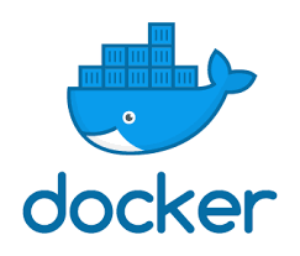DevOps | Evolution of Agile planning

At the heart of the software industrialization processes
At the heart of the software industrialization processes
The DevOps methodology is an evolution of Agile programming aimed mainly at making the developers (Dev) dialogue with the operations (Ops) so as to renew the processes of software industrialization. This feature allows Net Service to be more agile, faster and more efficient in managing complexity.
Adopting DevOps methodologies allows, in fact, to speed up of the releases of applications, with a considerable improvement of Time-To-Market (or TTM), while insisting on the automation of manual activities in all the various phases of the Software Development Lifecycle (SDLC).
Infrastructure as a code
Infrastructure as a code
Another fundamental aspect of DevOps is Infrastructure as a Code (IaaC), or rather the generation of automatic methods to configure and implement the infrastructure. Specifically, having an infrastructure as a code means that it can be incorporated into other DevOps processes, both for testing and for production.
Thanks to the DevOps methodology, the risk of errors is thus drastically reduced, guaranteeing greater security and reliability of the environments. Problem solving is immediate thanks to the reciprocal and continuous feedback between the Development and Operation Teams.

















